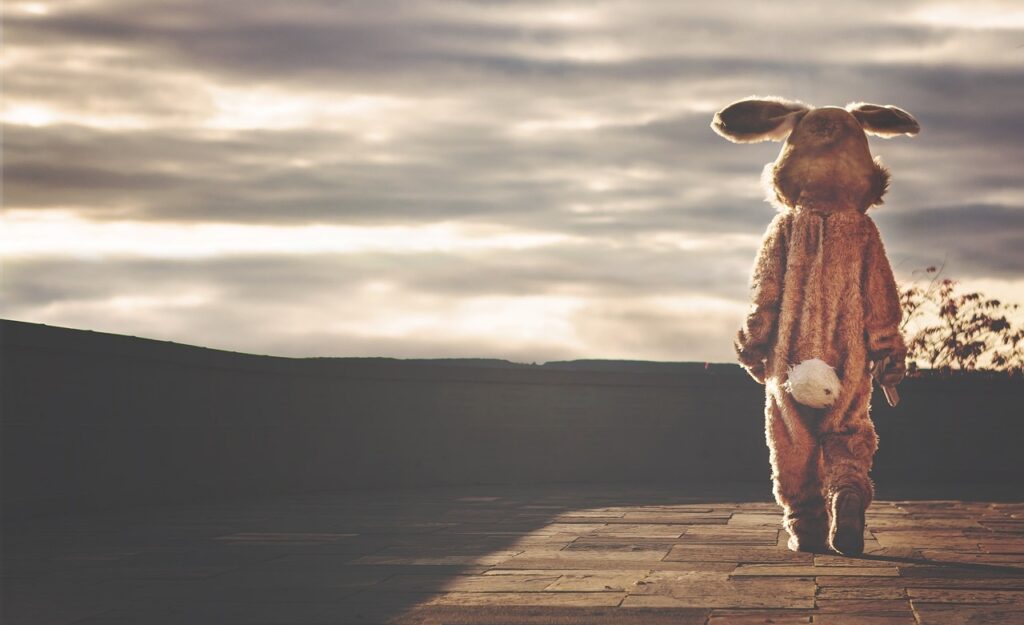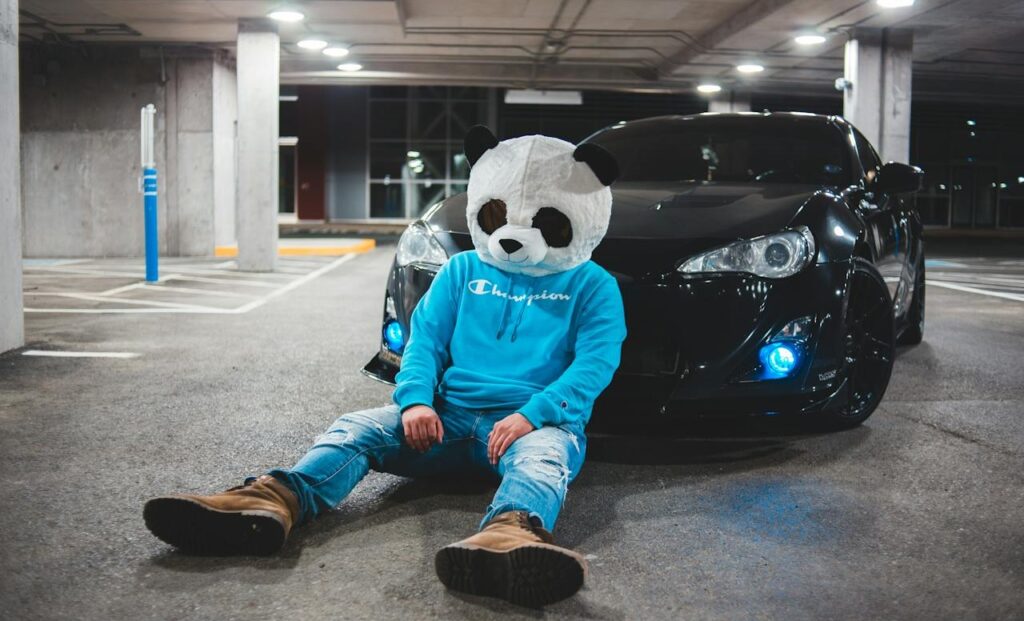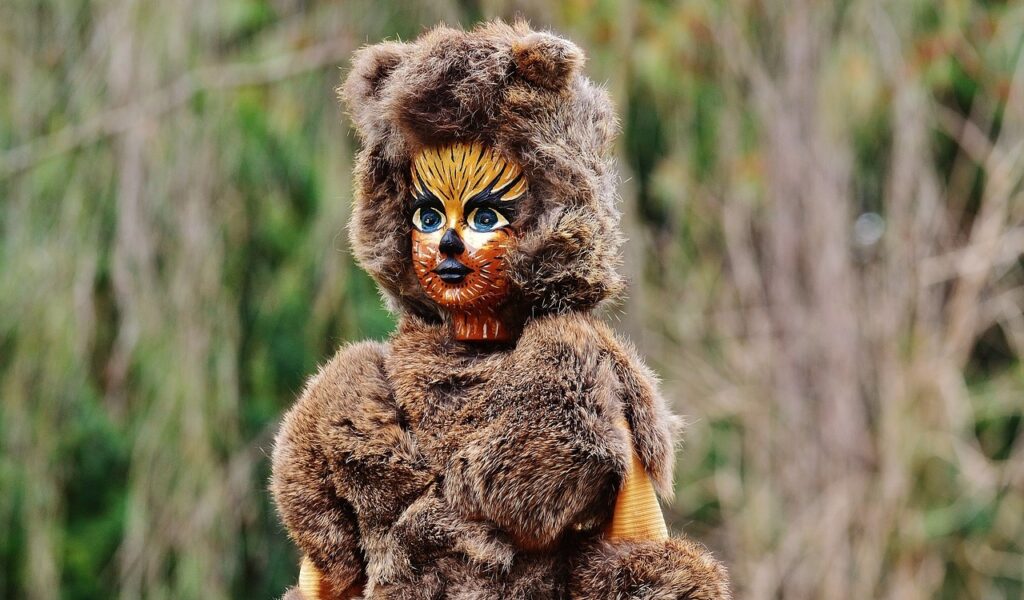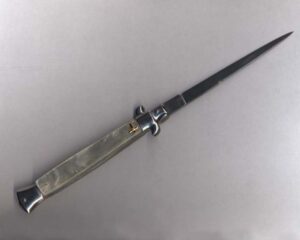Why Are Furries Hated? Understanding the Misconceptions and Stereotypes Surrounding the Furry Fandom
Furries, a subculture of people who have an interest in anthropomorphic animals, have been a subject of ridicule and hate for years. Many people do not understand the fascination with dressing up in animal costumes or creating animal personas. This has led to a lot of misconceptions and negative stereotypes about the furry community. So why are furries hated, and is the hate justified?

One reason why furries are hated is that they are seen as weird or abnormal. To the average person, a human dressed in a giant animal costume is something odd to see. This can make people uncomfortable or even frightened. Additionally, some people view the furry fandom as a sexual fetish, which can further contribute to negative perceptions.
Another reason why furries are hated is due to misconceptions about the community. Many people believe that furries are all sexually deviant or that they engage in bestiality. However, these are untrue and harmful stereotypes that do not accurately represent the furry community. In reality, furries come from all walks of life and have a wide range of interests and hobbies.
Origins of the Furry Fandom
Historical Context
The origins of the furry fandom can be traced back to the 1980s, when science fiction and fantasy enthusiasts began to create anthropomorphic animal characters in their artwork and literature. This interest in anthropomorphic animals was influenced by various sources, including the works of Walt Disney, the comic strip “Pogo,” and the “Redwall” book series.
As the popularity of these anthropomorphic characters grew, so did the furry fandom. In 1989, the first furry convention, ConFurence, was held in California, bringing together a community of people who shared a love for anthropomorphic animals.

Evolution of Furry Culture
Over time, the furry fandom has evolved into a diverse community with its own unique culture, language, and traditions. Furries often create their own fursonas, or anthropomorphic animal characters that represent themselves in the furry world. These fursonas can be based on real animals, mythical creatures, or entirely original designs.
Furries also enjoy creating and sharing artwork, stories, and music that feature anthropomorphic animals. They often attend conventions and other events where they can socialize with other members of the community and participate in activities such as fursuiting, which involves wearing a costume that represents their fursona.
Despite the positive aspects of the furry fandom, it has also faced criticism and negative stereotypes from those who do not understand or accept the community. Some people view furries as strange or deviant, while others associate the community with sexual fetishes or inappropriate behavior.
Overall, the furry fandom is a complex and diverse community that continues to evolve and grow. While it may not be understood or accepted by everyone, it remains an important part of many people’s lives.
Misconceptions and Stereotypes
Furries are often misunderstood and the subject of negative stereotypes and misconceptions. These misconceptions and stereotypes are perpetuated by the media and generalizations made by those who are not familiar with the subculture.
Media Representation
One of the main reasons for the negative perception of furries is the way they are portrayed in the media. The media often portrays furries as sexual deviants or fetishists, which is not an accurate representation of the furry community as a whole. This portrayal leads to the misconception that all furries are sexually deviant, which is not true.
Generalizations and Assumptions
Another reason for the negative perception of furries is generalizations and assumptions made by those who are not familiar with the subculture. Many people assume that all furries are obsessed with animals or that they have a sexual attraction to them. However, this is not true for the majority of furries.
It is important to recognize that the furry community is diverse and not all furries are the same. Just like any other subculture, there are different interests and preferences within the furry community. Therefore, it is unfair to generalize or assume that all furries are the same.
In conclusion, the negative perception of furries is largely due to misconceptions and stereotypes perpetuated by the media and generalizations made by those who are not familiar with the subculture. It is important to recognize that the furry community is diverse and not all furries are the same.

Social Dynamics and Criticism
In-Group and Out-Group Dynamics
Furry fandom is a subculture that is often misunderstood and maligned by those outside of it. This can lead to the formation of in-group and out-group dynamics, where furries feel a sense of belonging and camaraderie among fellow furries, while non-furries may view them with suspicion or outright hostility.
According to an article on VeryInformed, these dynamics can be exacerbated by the fact that furry fandom is often seen as a “nerdy” or “geeky” interest, which can lead to further marginalization and ridicule. This can also lead to a sense of defensiveness among furries, who may feel the need to justify their interest in the face of criticism.
Critiques Within the Community
Despite the sense of community and belonging that many furries feel, there are also critiques and disagreements within the fandom itself. For example, there may be disagreements over what constitutes “proper” furry art or fursuiting, or debates over the appropriateness of sexual content within the fandom.
According to an article on eNotAlone, some of these internal critiques can be seen as a form of self-policing, as furries try to maintain a positive image and distance themselves from negative stereotypes. However, these critiques can also lead to infighting and division within the community, which may further contribute to negative perceptions from those outside of the fandom.
Overall, the social dynamics within the furry fandom can be complex and multifaceted. While there is a sense of community and belonging among furries, there can also be disagreements and critiques within the fandom itself. Additionally, the marginalization and ridicule that furries face from those outside of the fandom can exacerbate in-group and out-group dynamics, leading to further defensiveness and a sense of “us vs. them.”
Conclusion
In conclusion, it’s clear that there are many misconceptions and stereotypes associated with the furry community. However, by taking a closer look at the facts, it’s easy to see that many of these beliefs are unfounded.
One of the primary reasons why furries are often misunderstood is because people believe that they indulge in zoophilia and are sexually attracted to animals. However, this is simply not true. While there may be a small minority of individuals who engage in this behavior, the vast majority of furries are simply fans of anthropomorphic animals.
Another reason why furries are often hated is because they are seen as being strange or unusual. However, it’s important to remember that everyone has their own unique interests and hobbies. Just because someone is a furry does not mean that they are any less deserving of respect or understanding.
Overall, it’s important to recognize that the furry community is a diverse and inclusive group of individuals who share a common interest in anthropomorphic animals. By promoting a more accurate and nuanced understanding of the furry community, we can challenge prejudice and encourage empathy and acceptance.




